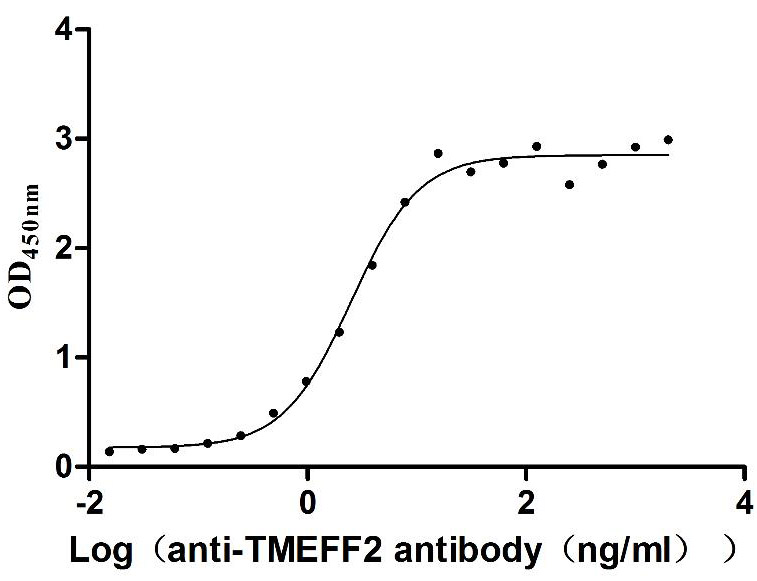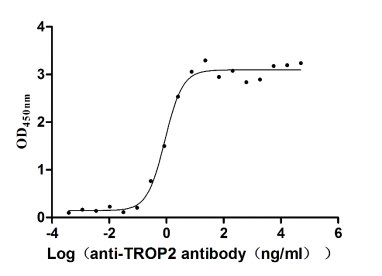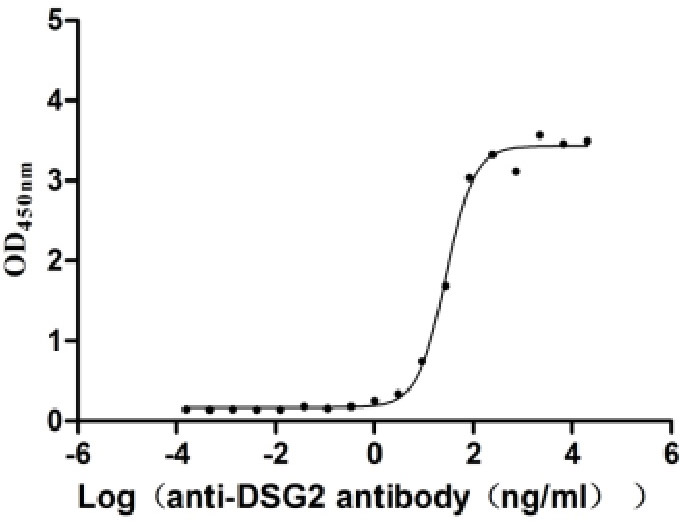Recombinant Mouse Transmembrane inner ear expressed protein (Tmie), partial
-
中文名称:小鼠Tmie重组蛋白
-
货号:CSB-YP818355MO
-
规格:
-
来源:Yeast
-
其他:
-
中文名称:小鼠Tmie重组蛋白
-
货号:CSB-EP818355MO
-
规格:
-
来源:E.coli
-
其他:
-
中文名称:小鼠Tmie重组蛋白
-
货号:CSB-EP818355MO-B
-
规格:
-
来源:E.coli
-
共轭:Avi-tag Biotinylated
E. coli biotin ligase (BirA) is highly specific in covalently attaching biotin to the 15 amino acid AviTag peptide. This recombinant protein was biotinylated in vivo by AviTag-BirA technology, which method is BriA catalyzes amide linkage between the biotin and the specific lysine of the AviTag.
-
其他:
-
中文名称:小鼠Tmie重组蛋白
-
货号:CSB-BP818355MO
-
规格:
-
来源:Baculovirus
-
其他:
-
中文名称:小鼠Tmie重组蛋白
-
货号:CSB-MP818355MO
-
规格:
-
来源:Mammalian cell
-
其他:
产品详情
-
纯度:>85% (SDS-PAGE)
-
基因名:Tmie
-
Uniprot No.:
-
别名:Tmie; Transmembrane inner ear expressed protein
-
种属:Mus musculus (Mouse)
-
蛋白长度:Partial
-
蛋白标签:Tag type will be determined during the manufacturing process.
The tag type will be determined during production process. If you have specified tag type, please tell us and we will develop the specified tag preferentially. -
产品提供形式:Lyophilized powder
Note: We will preferentially ship the format that we have in stock, however, if you have any special requirement for the format, please remark your requirement when placing the order, we will prepare according to your demand. -
复溶:We recommend that this vial be briefly centrifuged prior to opening to bring the contents to the bottom. Please reconstitute protein in deionized sterile water to a concentration of 0.1-1.0 mg/mL.We recommend to add 5-50% of glycerol (final concentration) and aliquot for long-term storage at -20℃/-80℃. Our default final concentration of glycerol is 50%. Customers could use it as reference.
-
储存条件:Store at -20°C/-80°C upon receipt, aliquoting is necessary for mutiple use. Avoid repeated freeze-thaw cycles.
-
保质期:The shelf life is related to many factors, storage state, buffer ingredients, storage temperature and the stability of the protein itself.
Generally, the shelf life of liquid form is 6 months at -20°C/-80°C. The shelf life of lyophilized form is 12 months at -20°C/-80°C. -
货期:Delivery time may differ from different purchasing way or location, please kindly consult your local distributors for specific delivery time.Note: All of our proteins are default shipped with normal blue ice packs, if you request to ship with dry ice, please communicate with us in advance and extra fees will be charged.
-
注意事项:Repeated freezing and thawing is not recommended. Store working aliquots at 4°C for up to one week.
-
Datasheet :Please contact us to get it.
靶点详情
-
功能:Unknown. The protein may play some role in a cellular membrane location. May reside within an internal membrane compartment and function in pathways such as those involved in protein and/or vesicle trafficking. Alternatively, the mature protein may be localized in the plasma membrane and serve as a site of interaction for other molecules through its highly charged C-terminal domain.
-
基因功能参考文献:
- This study demonistrated that TMIE is an essential component of the mechanotransduction machinery of cochlear hair cells. PMID: 25467981
- Tmie is required for maturation and maintenance of hair cells. PMID: 23582420
- Mutation of the novel gene Tmie results in sensory cell defects in the inner ear of spinner, a mouse model of human hearing loss DFNB6. PMID: 12140191
- characterized the circling mutation as a 40-kilobase deletion that includes the transmembrane inner ear (tmie) gene PMID: 17219777
- These results clearly indicate that tmie protein plays an important role when the appropriate expression level of tmie was expressed in the inner ear. PMID: 18586001
显示更多
收起更多
-
相关疾病:Defects in Tmie are the cause of the spinner mutant strain phenotype (sr). This disorder results in hearing loss and vestibular dysfunction due to neuroepithelial defects in the inner ear. It is recognized by behavioral dysfunction, including bidirectional circling and head shaking. Auditory function in spinner mice is found to be reduced, based upon the lack of a startle reflex to sound at any age. Breeding experiments indicated that these defects are inherited in an autosomal recessive fashion. The postnatal defects present in the cochleae of sr/sr mice suggest a requirement for Tmie during maturation of sensory cells, including the normal development or maintenance of stereocilia bundles.
-
亚细胞定位:Membrane; Single-pass type I membrane protein.
-
组织特异性:Expressed in brain, kidney, liver, lung and cochlea.
-
数据库链接:
Most popular with customers
-
Recombinant Mouse Transthyretin (Ttr) (Active)
Express system: Mammalian cell
Species: Mus musculus (Mouse)
-
Recombinant Mouse Tyrosine-protein kinase Mer (Mertk), partial (Active)
Express system: Mammalian cell
Species: Mus musculus (Mouse)
-
Recombinant Human Claudin-4 (CLDN4)-VLPs (Active)
Express system: Mammalian cell
Species: Homo sapiens (Human)
-
Recombinant Human Mucin-17 (MUC17), partial (Active)
Express system: Mammalian cell
Species: Homo sapiens (Human)
-
Recombinant Human Claudin-6 (CLDN6)-VLPs, Fluorescent (Active)
Express system: Mammalian cell
Species: Homo sapiens (Human)
-
Recombinant Human Tomoregulin-2 (TMEFF2), partial (Active)
Express system: Mammalian cell
Species: Homo sapiens (Human)
-
Recombinant Human Tumor-associated calcium signal transducer 2 (TACSTD2), partial (Active)
Express system: Mammalian cell
Species: Homo sapiens (Human)
-
Recombinant Human Desmoglein-2 (DSG2), partial (Active)
Express system: Mammalian cell
Species: Homo sapiens (Human)


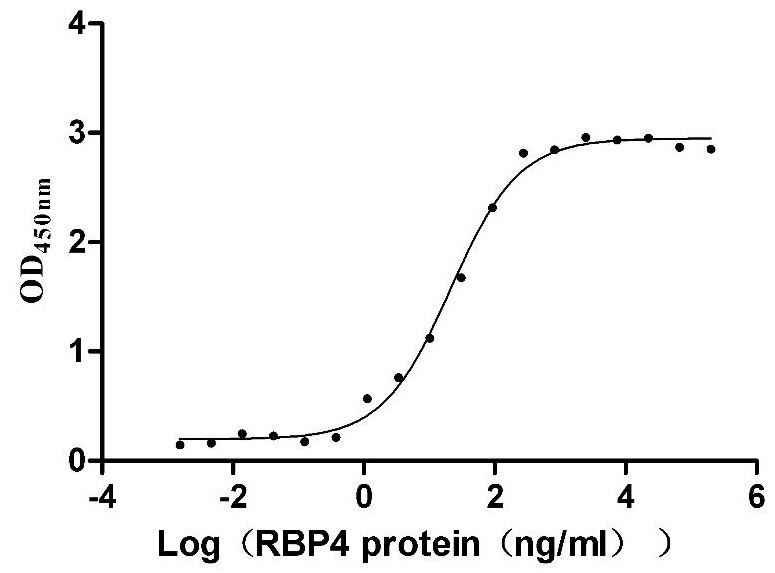
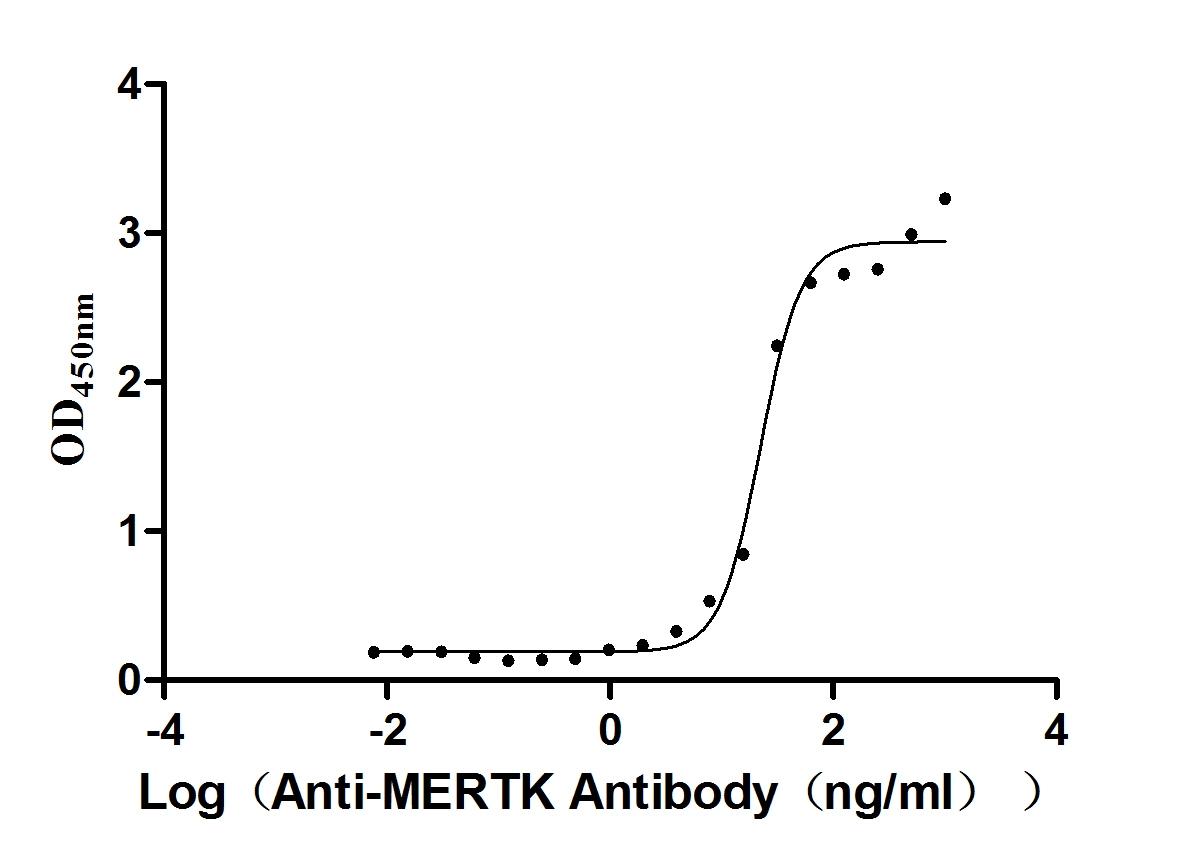
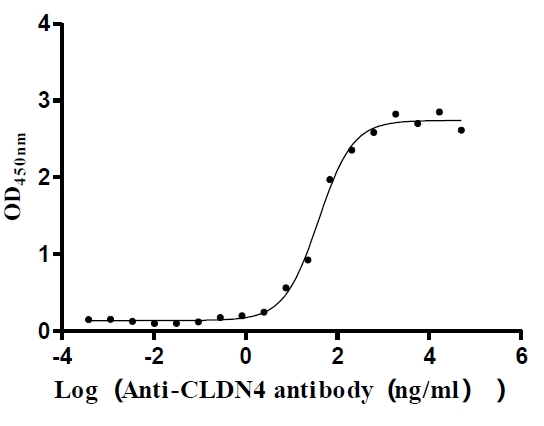
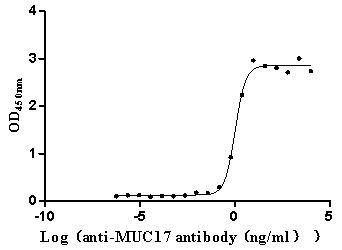
f4-AC1.jpg)
